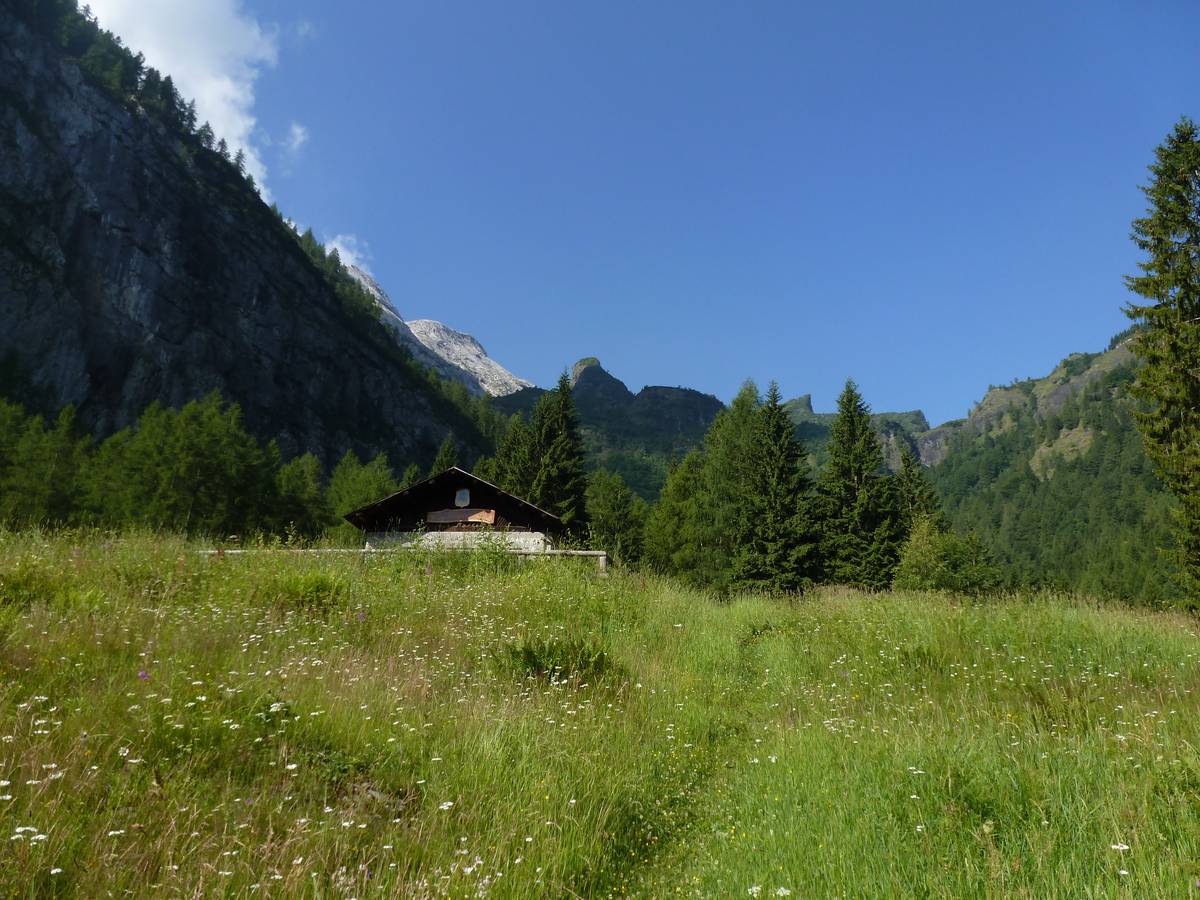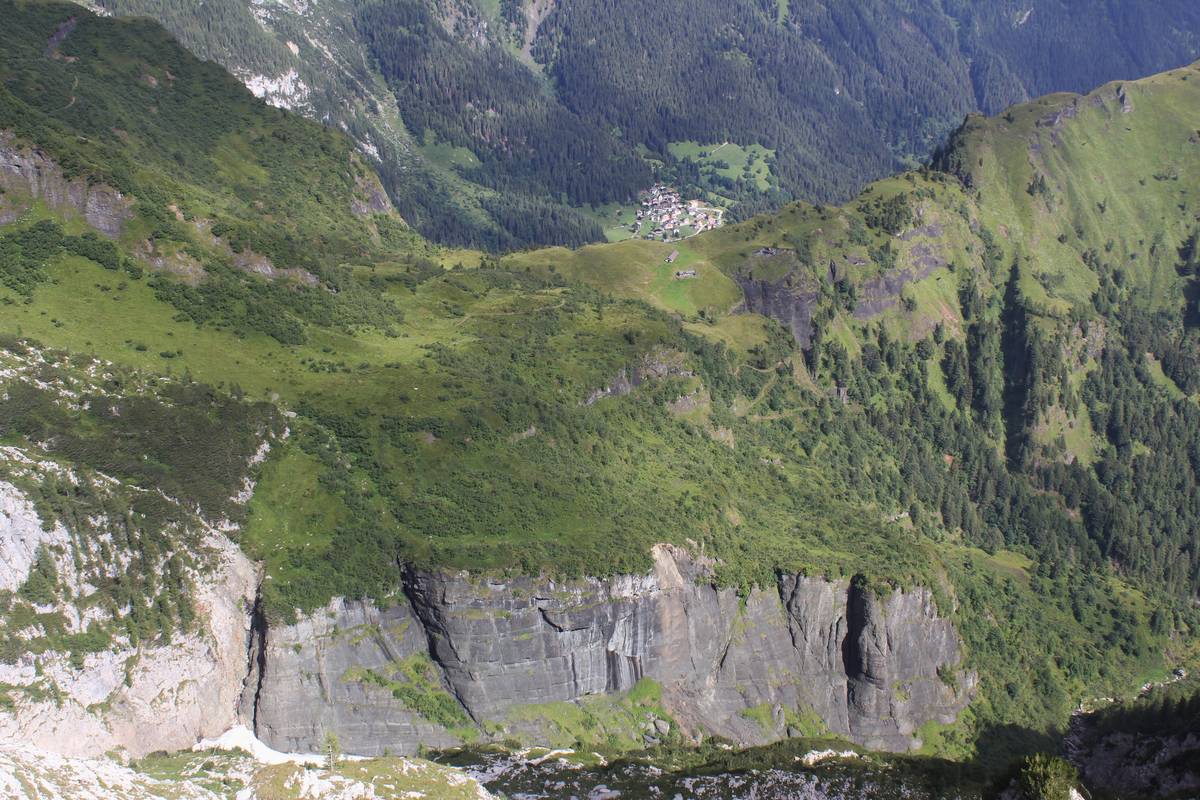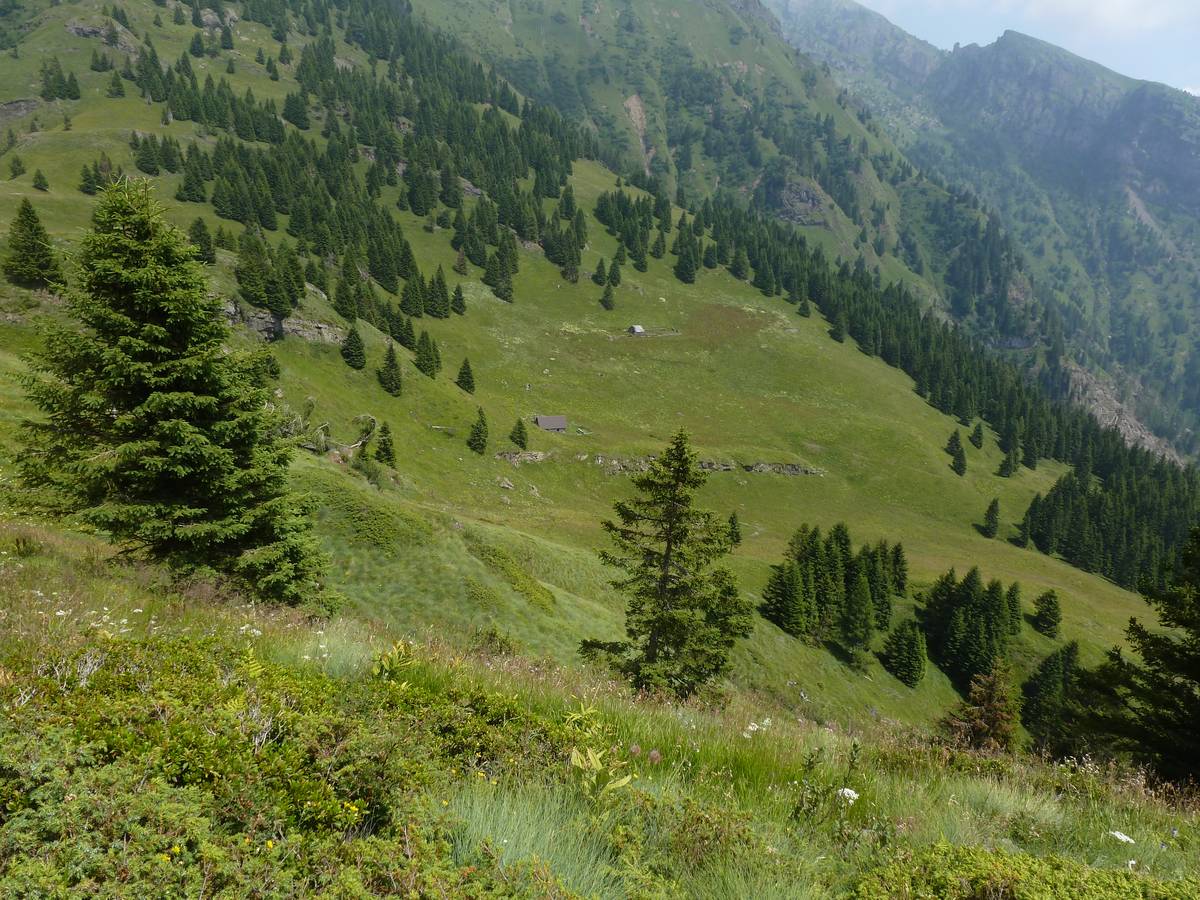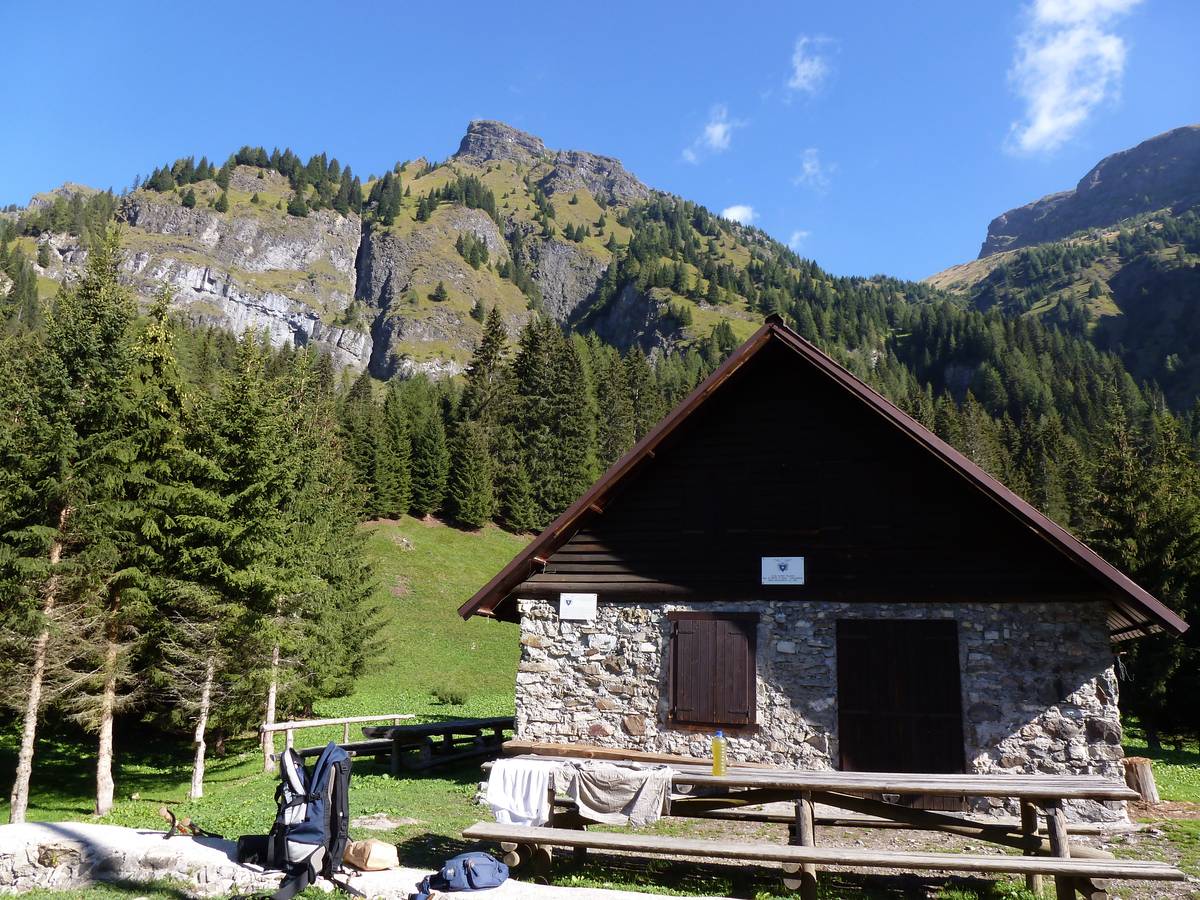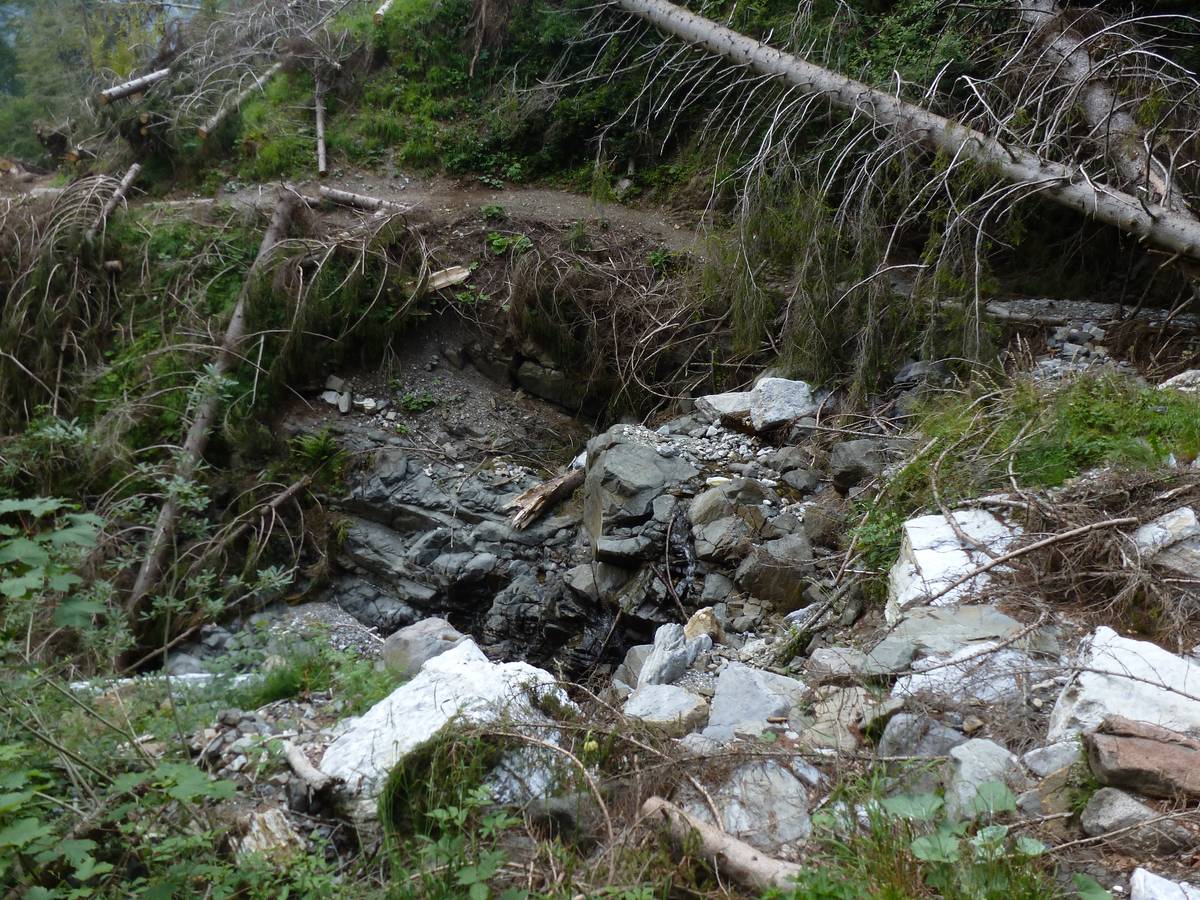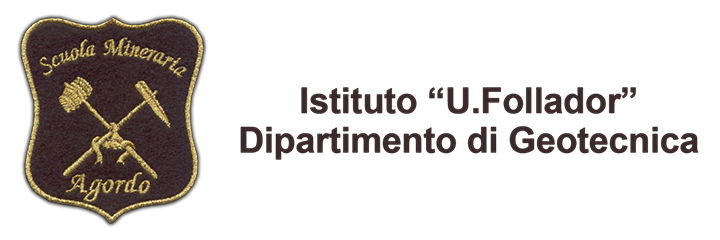8 - Col di Prà
8 Col di Prà (843 m a.s.l.) - The North Edge of Agnèr
"... the grandiose architecture of the Dolomites surges with terrible force - looking form the bottom of the valley, one has to twist one's head upwards in order to take it all in. Monte Agnèr looms with its peak of a kilometre and a half; in front and beyond the more modest but by no means less charming stream are the walls of Pale di San Lucano. Less than 2900 metres high, the peak itself doesn't amount to much in terms of height. But what other Alpine cathedral can boast such apse? When it blazes in the setting sun and the pale clouds begin to engulf it slowly, one is charmed into believing that such sight could not possibly exist."
Dino Buzzati, Cordata di tre (A Roped Team of Three), in “Corriere della Sera”, June 23, 1956.





